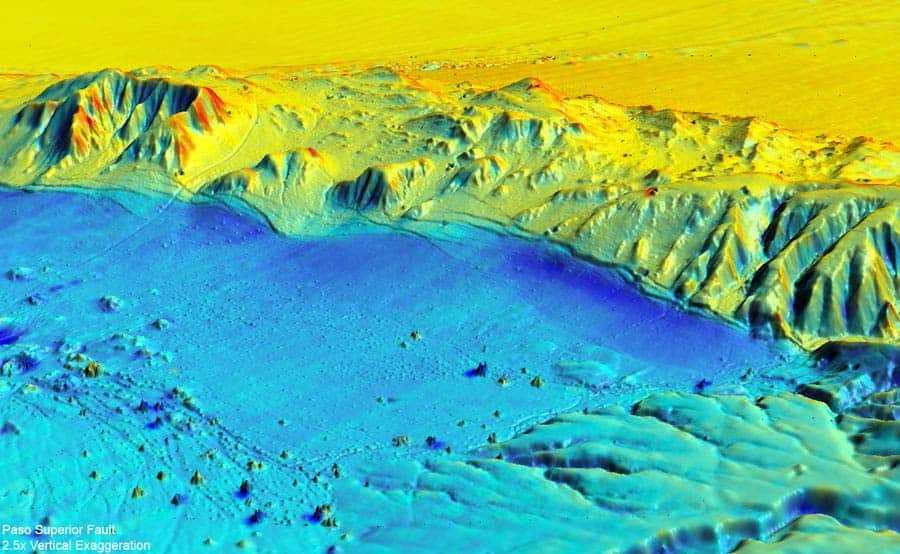Scientists from China, US and Mexico have used light detection and ranging laser altimetry (LiDAR) to study how an earthquake can change the surrounding landscape. Using this technique, the researchers were able to establish with high accuracy where the Earth’s crust ruptured. If the same technique were to be established around all major high-risk areas for earthquake, seismologists could have the data they need to possibly establish whether an earthquake is likely to happen in the near future, and thus help local authorities and population prepare.

The scientists made the most comprehensive before-and-after topographic picture of an earthquake zone, more exactly for the April 4, 2010 7.2-magnitude El Mayor–Cucapah earthquake in Mexico, which tore a 74-mile rupture through multiple faults in northern Baja California. This was the perfect site for their research, since Mexico had used LiDAR to map the Mexicali region in 2006 and thus offered them the necessary baseline for their work.
An survey of the local surface was made using airborne LiDAR equipment, which bounces a stream of laser pulses off the ground, and allow for surface features measurements with centimeter accuracy. In just 3 days, the team had a detail 3D topographical map of 360 square kilometers. They then compared the new data with the previous, existing one from 2006. Of course, some features were already obvious, for instance airborne surveillance showed a shocking five-foot-high scarp that sheared away from a hill. Some, however, would’ve been practically invisible to researchers where it not for this method.
LiDAR has been use for over a decade now, but only a few geophysical projects have employed this kind of equipment and technique for their projects. The new LiDAR survey shows how seven small faults came together to cause a major quake, as these series of crust fractures ran through in series.
The scientists’ findings were presented in the journal Science.
Was this helpful?



